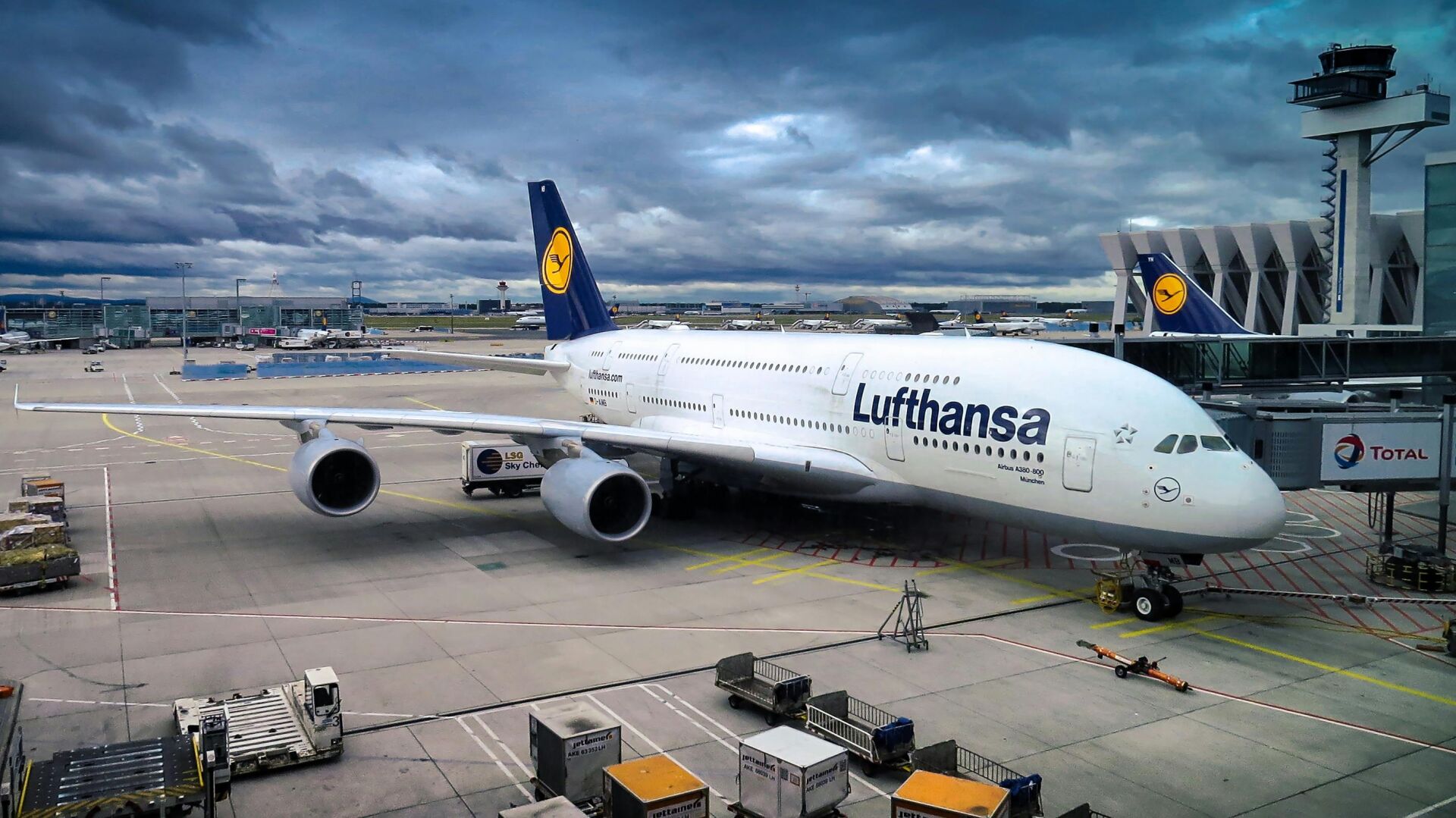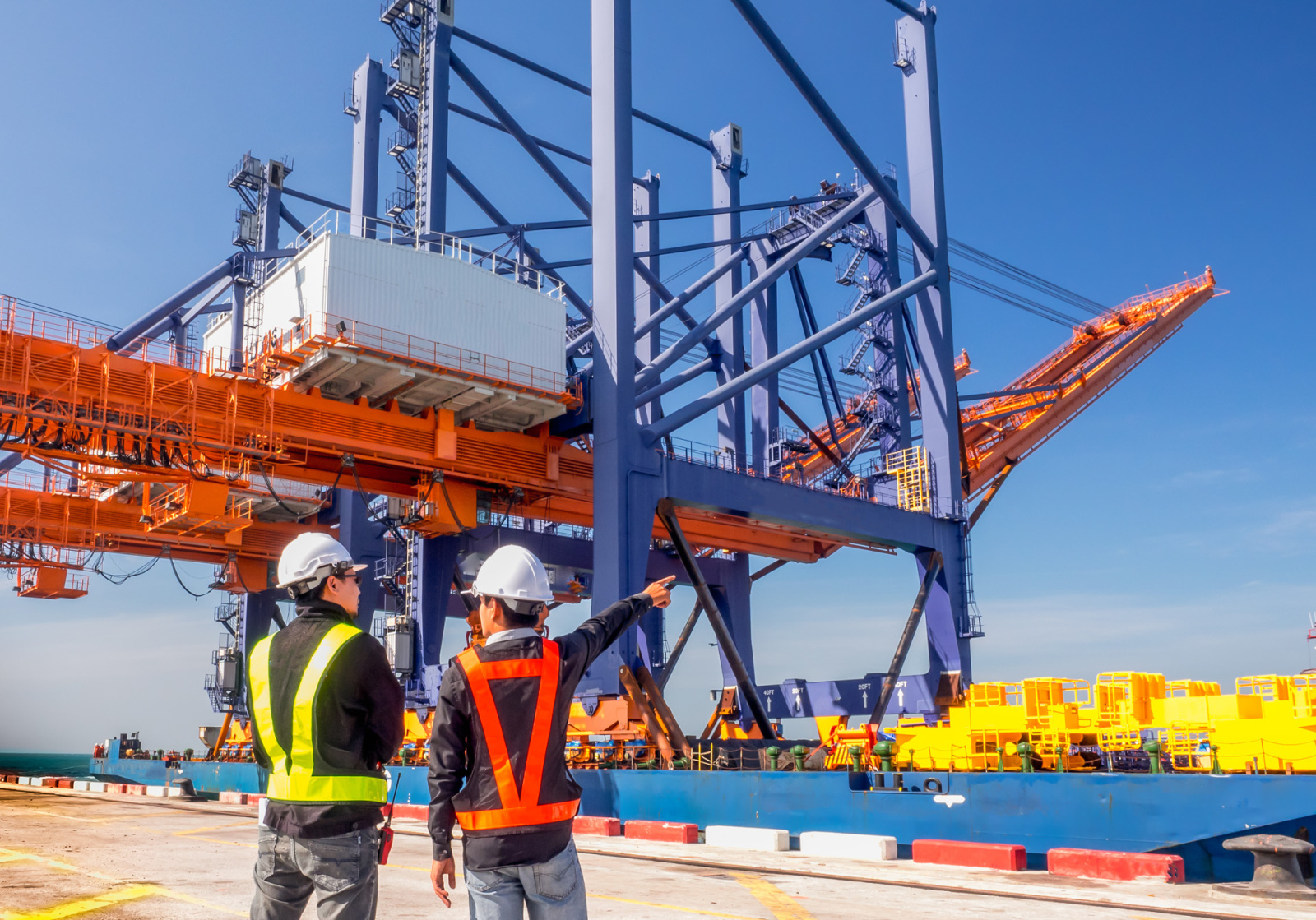
Opting for Train Transportation: When Is It the Right Choice?

Apr 24, 2024
In recent years, train transportation has gained prominence in the logistics realm. While shipping and air transportation remain the primary and more apparent choices for many companies moving goods from point A to point B, does this imply that train transportation is less compelling than the other two? Absolutely not! Effective logistics management involves evaluating and selecting the solution that aligns most effectively with your requirements and budget.
The Silk Road
Does the term "Silk Road" resonate with you? Centuries ago, this historic trade route facilitated the transportation of precious and predominantly luxury goods from the East to the West.
Contrary to its name, the Silk Road comprised multiple routes over the centuries. The traded commodities included silk, gemstones, porcelain, paper, spices, fruits, and animals. The Silk Road emerged from heightened interactions among countries spanning from China to the Mediterranean Sea.
The continental network originated in Northern China and bifurcated into northern and southern routes. The northern route traversed Siberia, redirecting towards the Black and Mediterranean Seas. On the other hand, the southern route departed from the far west of China, passing through Mesopotamia, and concluding in the east of Turkey, also along the Mediterranean Sea.
In addition to the land routes, there existed a sea route, although not formally considered part of the original Silk Road. It is frequently included in the network's description, connecting China and neighboring countries to the African continent through inland waterways. Technically, it denotes transportation by ship, albeit not across "open water."
The purpose of train transportation: A strategic overview
In 1994, a railway connection was built between Almaty (Kazakhstan) and Ürümqi in China. Since then, the network of railway connections has been expanded multiple times, with the ultimate goal of establishing a direct connection between China and London.
Transportation by rail is a viable transportation solution due to its cost: it often falls between shipping and air transportation.
That direct connection between China and the United Kingdom is now in place: you can travel from Yiwu in China to London in 16 days.
Silk Road 2.0
In 2013, the Chinese president, Xi Jinping, announced the creation of a "New Silk Road".
The aim? To enhance infrastructure between Asian and European countries. Since then, China has invested a significant amount of money in building new railways and upgrading existing ones.
The New Silk Road
The term itself signifies the developmental strategy of the Chinese government, concentrating on fostering collaboration not only between Europe and Asia but also with the active involvement of Africa.
Originally labeled as One Belt, One Road, the initiative was later renamed the Belt and Road Initiative. This adjustment underscores that the project's scope extends beyond a single transportation route.
Estimates of the project's expenses vary widely, but it is widely acknowledged that "The New Silk Road" stands as one of the most substantial infrastructure undertakings in history. It influences approximately two-thirds of the world's population and nearly half of the global gross domestic product.
Explore the Silk Road through NOS's explanatory video and accompanying article.
Advantages of train transportation
As mentioned, train transportation is gaining prominence, addressing the need for a middle ground where sea freight is too sluggish and air freight is overly expensive.
But why opt for train transportation? What precisely are the advantages?
While there are numerous advantages to consider, we will highlight the most significant ones for train transportation:
- The balanced equation of cost and time
If shipping by sea lacks the required speed, and air transport proves too costly, train transportation emerges as a solution, often offering a middle ground in terms of both time and expenditure.
To illustrate, a container ship journeying from Shanghai to Rotterdam takes an average of 30 days, excluding terminal times. Air freight, though notably faster, takes less than 24 hours from Shanghai Pudong to Schiphol. Meanwhile, a train trip from Chengdu (Central China) to Tilburg takes approximately 16 days. - Environmentally friendly
Various studies have consistently shown that train transportation is more environmentally sustainable compared to shipping, air, and road transport. - Reliability
While the term "reliable" may not be immediately associated with train transportation, unlike passenger trains, freight trains experience minimal delays. The unidirectional nature of train travel ensures that your goods are likely to arrive on the specified date.
Are there any drawbacks?
As highlighted earlier, there are numerous advantages to opting for train transportation. Now, you might be curious: Are there any drawbacks?
Indeed, there are certain disadvantages associated with importing goods by train.
It wouldn't be equitable to only emphasize the positive aspects. So, what are the drawbacks of utilizing train transportation? Let's delve into the three most significant ones.
- Limited range of possibilities
Trains can only operate on existing tracks. Where tracks are absent, the limitations become self-evident. - Need for addotional transportation
Given the restricted reach of trains, supplementary transportation is often required to ensure the final delivery of your goods to their intended destination. - Capital-intensive
Achieving sufficient occupancy for a financially viable operation often requires a substantial volume of goods. While sending a single pallet is feasible today (thanks to groupage in train transportation), it frequently entails a higher cost.
Alright, excellent! But when Is transportation by train the right choice?
Previously, we provided a brief overview of the essential transportation documents for each mode of transport. Naturally, these are not the only documents; we will shed light on a few more commonly encountered in (international) goods transport.
Answering this question is more intricate as it depends on the specific circumstances and the company involved. Crucial considerations include determining the origin of your goods and their ultimate destination. This analysis allows you to assess the need for and extent of additional transportation arrangements.
How urgently does the delivery need to happen? Another pertinent question: if waiting for a month is acceptable for you or your customer, it's worth contemplating whether paying a premium for faster delivery aligns with your objectives.
Explore Train Transportation at Berkman Forwarding
Looking for more information or need assistance?
We're here to assist you in transporting your goods by train!
While train transport may be less conventional compared to sea freight and air freight, it stands as a fully viable alternative to these transportation modes. Our team of experts possesses extensive experience in facilitating the transportation of goods by train. Interested in exploring the possibilities? Get in touch with us!
Related blogs

Incoterms: What Are They? And How Do You Use Them?

The Advantages and Disadvantages of LCL Shipments

10x answers to the most important freight questions

What are the benefits of air freight? And when do you choose it?

Getting started with imports

Transport Documents








